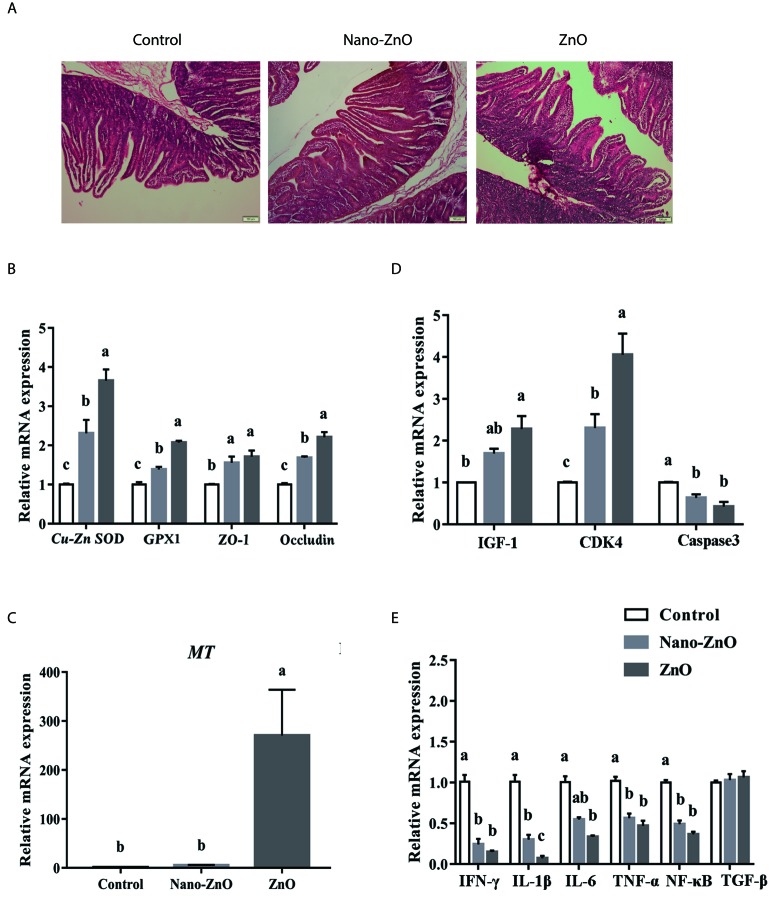Figure 1. The effects of ZnO treatments on intestinal morphology, and the ralative mRNA expressions of intestinal antioxidant enzymes, tight junction proteins and inflammatory cytokines.
A. The jejunum in different groups were stained by HE. Histology images of jejunal morphology were collected. B. The relative mRNA expressions of Cu-Zn SOD, GPX1, ZO-1, and Occludin were detected. As to MT, its relative mRNA expression was also measured in jejunum C.. The relative mRNA expressions of IGF-1, CDK4 and Caspase3 in jejunum of weaning piglets were also measured D.. In addition, the IFN-γ, IL-1β, IL-6, TNF-α, NF-κB and TGF-β were detected by quantitative RT-PCR E.. β-actin was used as an internal standard for normalization. Values are means ± SEMs, n = 6. Different superscripts within each group mean significant difference (P < 0.05). Control, corn-soybean meal basal diet; Cu-Zn SOD, Cu-Zn superoxide dismutase; GPX1, glutathione peroxidase 1; MT, metallothionein; IGF-1, insulin-like growth factor 1; Nano-ZnO, corn-soybean meal basal diet supplemented with 600 mg Zn/kg as nano zinc oxide; ZnO, corn-soybean meal basal diet supplemented with 2000 mg Zn/kg from zinc oxide.

